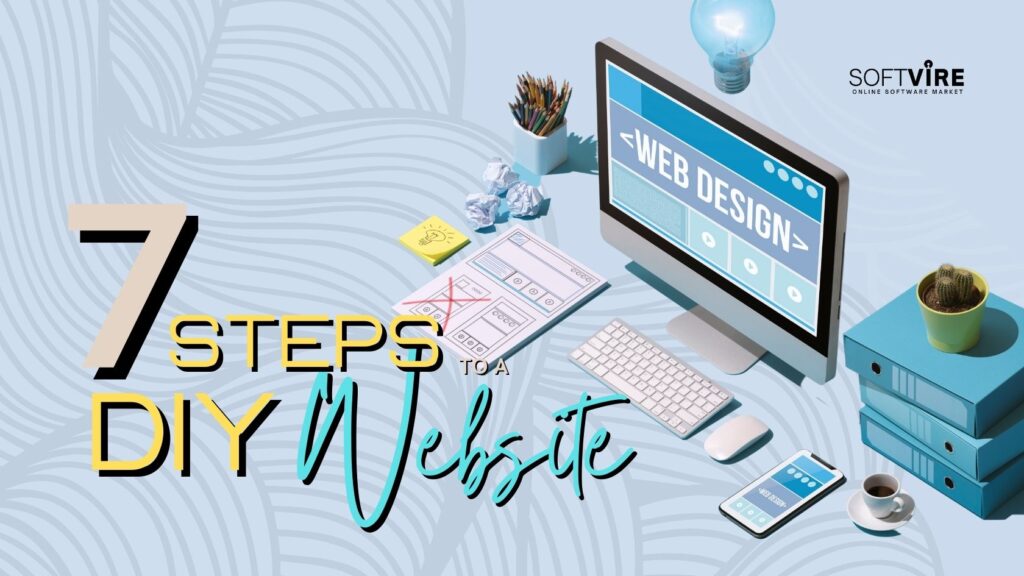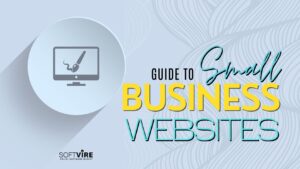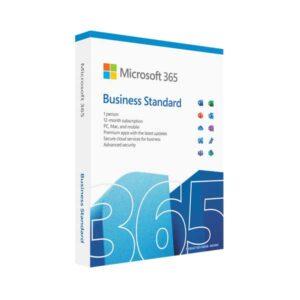In today’s fast-paced digital world, it’s important for any small business to have a strong online presence. As a B2B owner or entrepreneur, a well-made DIY website can help you reach more people, bring in potential customers, and grow your business.
In this detailed guide, we’ll walk you through the seven steps you need to take to make a professional, SEO-friendly website for your small business. This article will give you the information and tools you need to improve your online presence and make your business stand out, regardless of how tech-savvy you are. Let’s get started!
Step 1: Figure Out What Your Website Is for and Who You Want to Visit It
Before you start designing and building a website, you need to decide what it will be used for and who it will be for. Think about what you hope to get out of your online presence. Do you want to spread the word about your B2B services, sell products, or find new customers? After you know what your goal is, use demographics, interests, and pain points to narrow down who you want to reach. If you know who you’re writing for, you can make sure that the content and layout of your website meet their needs.
Step 2: Choose the Best Website Builder
Choosing the right website builder is important because it will affect how easy it is to design and run your site as a whole. There are many platforms to choose from, from easy ones like Wix and Squarespace to more complicated ones like WordPress. Before making a choice, you should think about your technical knowledge, how you like things to look, and the features you want. Beginners will benefit from builders that are easy to use, while people who know how to code may prefer a more flexible solution.
Step 3: Make Content That Is Interesting and Good for SEO
The content of a website is what makes it work. Engage your audience with content that shows off your expertise and what makes you different. Use words and phrases that your audience will understand, and keep the same tone all over your website. Use relevant keywords in a natural way in your content. Do a lot of research on keywords to find out what terms potential customers are looking for, and then use that information to make your website more visible in search engines.
Step 4: Make a Website’s Navigation Easy to Use
A website that is easy to use is important for improving the user experience and getting people to look around your site more. Set up clear categories and subcategories for your content so that users can find what they’re looking for quickly. Use clear calls to action (CTAs) strategically placed on your website to get people to do what you want them to do, like contact you or buy something. A simple navigation system keeps people interested and makes it easier for them to buy something.
Step 5: Make Your Website Run Faster and Work Better on Mobile Devices
In today’s mobile-first world, it’s important that your website works well on a variety of devices. The mobile-responsive design makes sure that your website looks good on all screen sizes. This improves the user experience and could help your site rank higher in search engines. You can improve the performance of a website by compressing images, using browser caching, and reducing the time it takes for the server to respond. A website that loads quickly is not only better for the user experience but also for SEO.
Step 6: Use Good Pictures and Videos
Visual elements are important for getting people’s attention and getting your brand’s message across. Use high-quality images, graphics, and videos that match the style of your brand and appeal to the people you want to reach. Make sure that the images are set up so that they load quickly without losing quality. Visual content can be a powerful way to tell website visitors about your products, services, and brand message in a way that sticks with them.
Step 7: Put Security and Backup Plans in Place
Make DIY website security a top priority to protect both your business and the people who visit your site. To keep sensitive data safe, choose a hosting service with a good reputation that has strong security features and SSL encryption. Include backup solutions to make sure you can fix your website if a problem or cyber threat comes up out of the blue. Microsoft Windows Server Essentials 2019 (ESD) has great security features that set up your business data and website.
To help you further in keeping a secure small business website, partner with Softvire Online Software Store today and get discounted software you need for your site. We offer bulk discounts for software resellers and business customers. Call us now!
READ MORE: Beginner’s Guide to Online Small Business Websites
Conclusion
In the digital age we live in now, putting your small business online with a DIY website is a game changer. By following the seven steps in this guide, you can make a professional, SEO-friendly, and interesting website that attracts your target audience and helps your business grow.
You might want to use Microsoft Windows Server Essentials 2019 (ESD), a powerful solution that protects your small business website’s data and offers advanced security features. Don’t forget to decide what your website is for, choose the best website builder, make sure the navigation is easy, optimize for performance and mobile responsiveness, and add high-quality images.
With these tips and tools, you’re well on your way to building a strong online presence and staying ahead of the competition in the B2B world. Have fun making your website!
GET BIG DISCOUNTS ON OFFICE 365 BUSINESS STANDARD FROM SOFTVIRE AU NOW!







